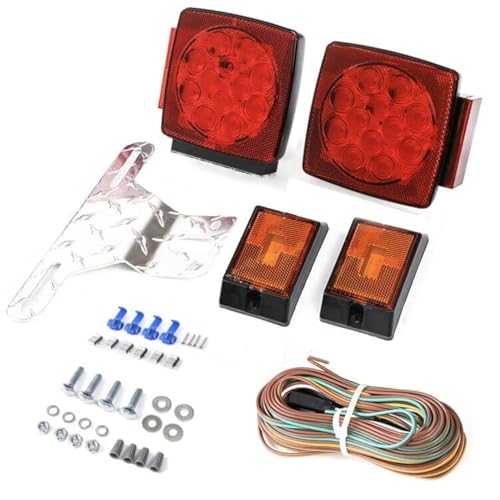Matt193 said:
RaisedByWolves said:
Can someone who has the 30/35hp carb take a pic down the throat of carb so I can see the butterfly in the closed position?
I need to see what the holes/cutouts on the butterfly look like to compare to a carb I want to try out.
Does this work for you?
Yes, perfect.
Thank you.
The carb I bought has a flat cut to the bottom of the butterfly and only a single hole. I was worried that it would cause the engine to idle too high, but looking at yours and my stock carb it doesnt look as bad as I thought.
It only has a 1 3/8" outlet VS the 1.5 I have read about, but the venturi looks to be the same/similar to yours. My stock carb has about a 1" venturi and 1 1/4" outlet so it should work pretty well.




![IMG_0114[1].JPG IMG_0114[1].JPG](https://cdn.imagearchive.com/tinboats/data/attachments/86/86222-f2a522ddae732e20a9f12f7137b3c274.jpg)
![IMG_0166[1].JPG IMG_0166[1].JPG](https://cdn.imagearchive.com/tinboats/data/attachments/86/86227-1fa6164070601100078c551f5f9e71ca.jpg)


















































